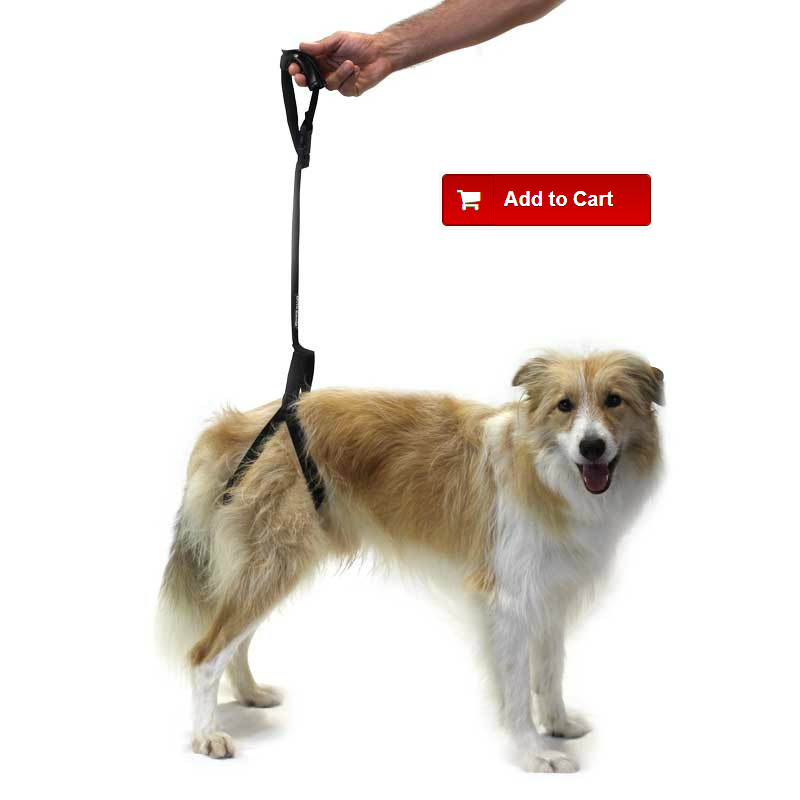
Cauda Equina Syndrome in dogs
Cauda Equina Syndrome. Although leg pain is common and usually goes away without surgery, cauda equina syndrome, a rare disorder affecting the bundle of nerve roots (cauda equina) at the lower (lumbar) end of the spinal cord, is a surgical emergency. An extension of the brain, the nerve roots send and receive messages to and from the pelvic.

Cauda Equina Syndrom Welche Hunderassen sind gefährdet und wie sind die Symptome? YouTube
¿Qué es la cauda equina en perros? El síndrome de la cauda equina o estenosis degenerativa lumbosacra es una alteración degenerativa que afecta a las vértebras lumbares y sacras, que son las que se encuentran más cerca de la cola.

Cauda equina en perros Actualizado octubre 2023
Lumbosacral Stenosis and Cauda Equina Syndrome in Dogs. A dog's spine is composed of multiple bones with disks located in between adjacent bones called vertebrae. Seven cervical vertebrae are located in the neck (C1-C7), 13 thoracic vertebrae are present from the shoulder to the end of the ribs (T1-T13), seven lumbar vertebrae are present in.

Cauda equina en Perros. Síntomas Blog
Cauda equina and conus medullaris syndromes have overlap in anatomy and clinical presentation. Therefore, for the purpose of this discussion, they will be grouped, and notable differences highlighted. The conus medullaris is the terminal end of the spinal cord, which typically occurs at the L1 vertebral level in the average adult.[1] Conus medullaris syndrome (CMS) results when there is.
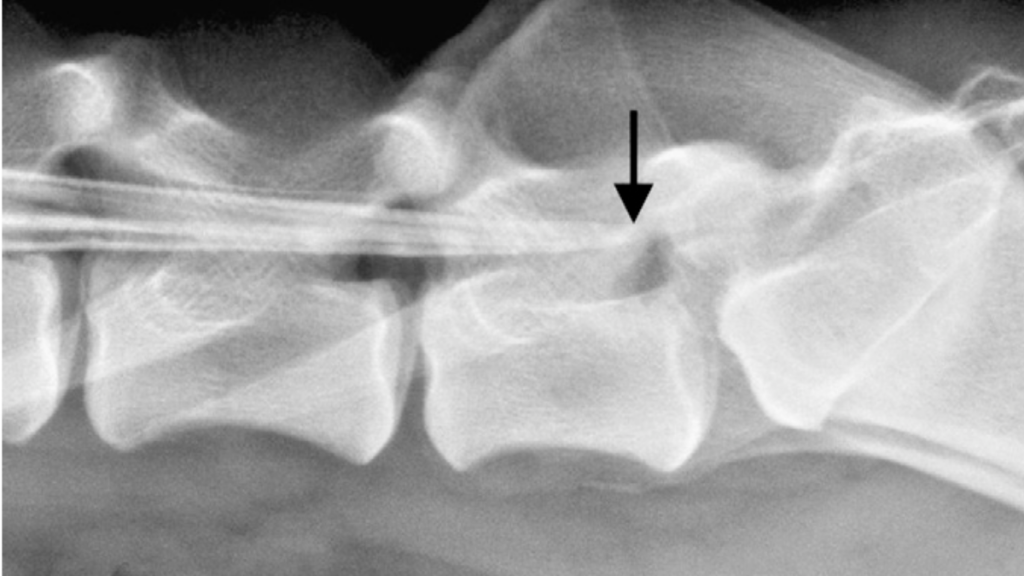
Síndrome da cauda equina em pets Tudo que você precisa saber
El síndrome de cauda equina es una alteración degenerativa presente en perro de avanzada edad que suele estar enmascarada por otras enfermedades o mal diagnosticada, por lo que su conocimiento es importante para la clínica veterinaria. Etiología y factores de riesgo Cuadro clínico y diagnóstico Tratamiento Conclusión Etiología y factores de riesgo
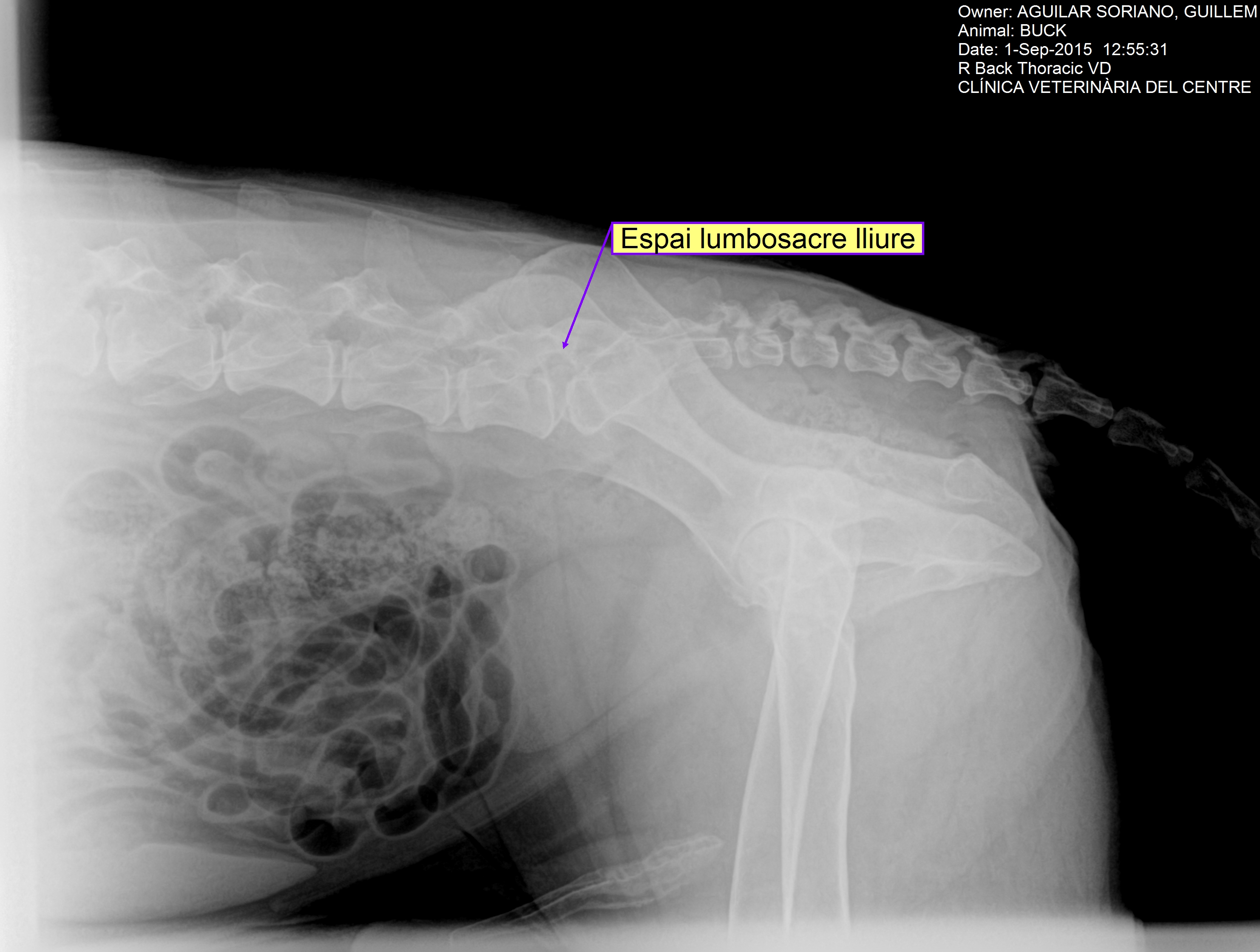
ampliar Demonio tinción sindrome cauda equina perros secretamente prisión diente
The cauda equina is the continuation of these nerve roots in the lumbar and sacral region. These nerves send and receive messages to and from the lower limbs and pelvic organs. Cauda equina syndrome (CES) occurs when there is dysfunction of multiple lumbar and sacral nerve roots of the cauda equina. Causes
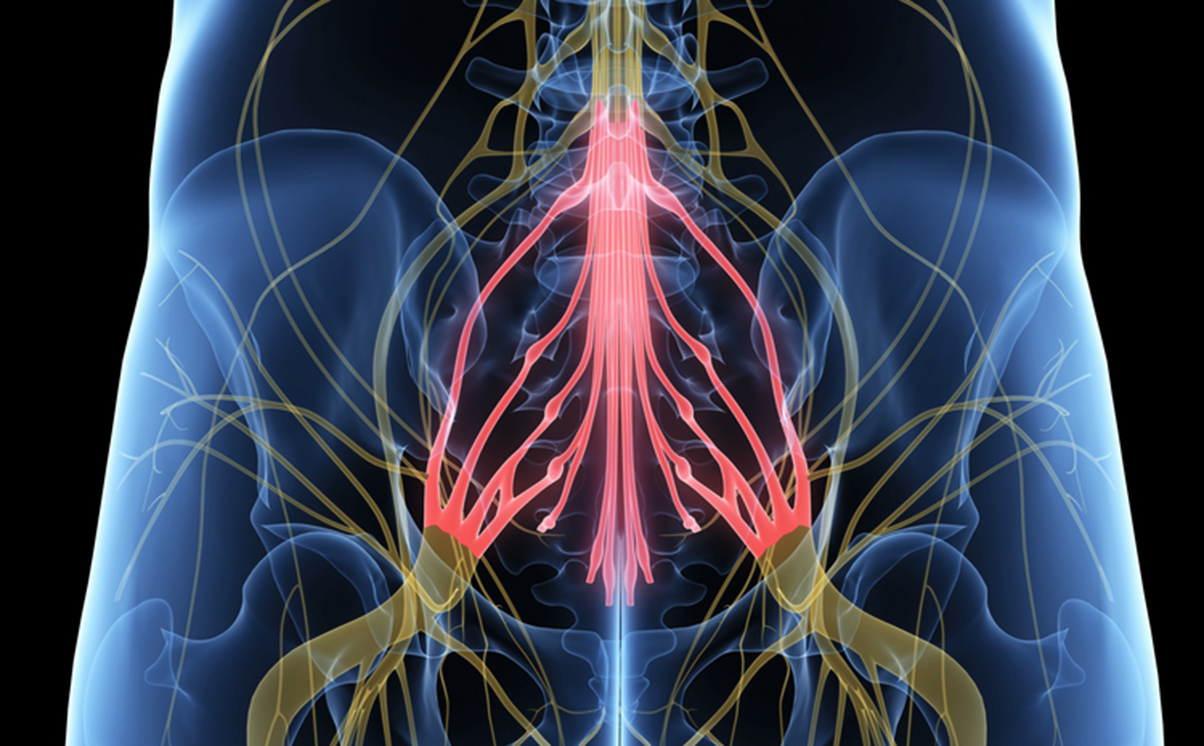
Can Dogs Get Cauda Equina Syndrome
Cauda equina syndrome (CES) is a rare but serious condition that affects the bundle of nerve roots at the end of the spinal cord. This article reviews the current literature on the epidemiology, pathophysiology, diagnosis, and treatment of CES, as well as the outcomes and complications. It also discusses the challenges and controversies in managing this complex disorder.

Das Cauda Equina Syndrom bei Hunden people who kaer
Cauda equina syndrome (CES) is caused by compression of the lumbosacral nerve roots that extend below the spinal cord. The most common cause is due to disk prolapse at the L4/5 or L5/S1 level and stenosis of the spinal canal. Less commonly, compression may be due to pathology in a higher disk, or to a tumor, infection, or trauma.
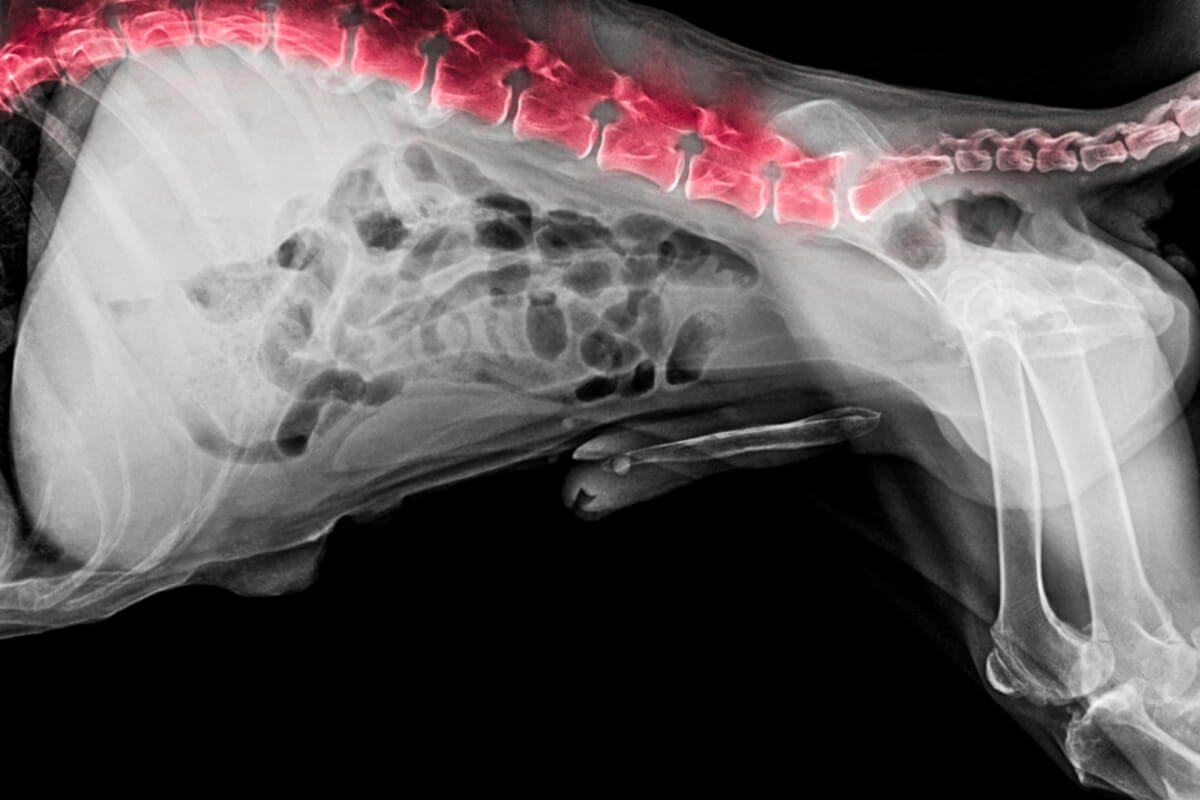
Cauda equina in dogs causes and treatments
Cauda equina syndrome is a rare disorder that usually is a surgical emergency. In patients with cauda equina syndrome, something compresses on the spinal nerve roots.

Cauda Equina en Perros o Estenosis Degenerativa Lumbosacra YouTube
Cauda equina syndrome (CES) is caused by compression of the nerve roots passing from the lower back toward the tail at the level of the lumbosacral junction. The most common cause of CES is narrowing of the vertebral canal at the level of the lumbosacral joint (called lumbosacral stenosis). Lumbosacral stenosis is most commonly caused by.

Disorders of the Cauda Equina Veterian Key
Overview What is cauda equina syndrome? Cauda equina syndrome is the compression of a collection of nerve roots called the cauda equina. Nerves send and receive electrical signals all across your body. The collection of nerve roots, shaped like a horse's tail, is located at the bottom of your spinal cord.

Síndrome de la Cauda Equina en perros
El síndrome de cauda equina o estenosis lumbosacra en los perros, consiste en un trastorno degenerativo artrósico o secundario provocado por diversas causas, en el que la articulación lumbosacra se estrecha, provocando compresión en las raíces nerviosas de la zona de cola de caballo de la médula.
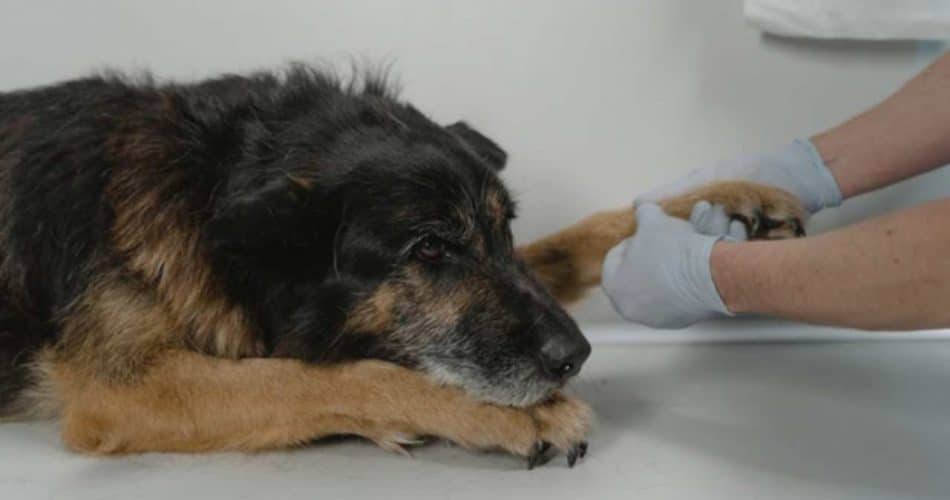
Síndrome de cauda equina en perros todo lo que necesitas saber Vida con Mascotas ️
Cauda equina syndrome occurs when the nerve roots at the caudal end of the cord are compressed or damaged, disrupting motor and sensory pathways to the lower extremities and bladder. (See also Overview of Spinal Cord Disorders .) Cauda equina syndrome is not a spinal cord syndrome. However, it mimics conus medullaris syndrome , causing similar.
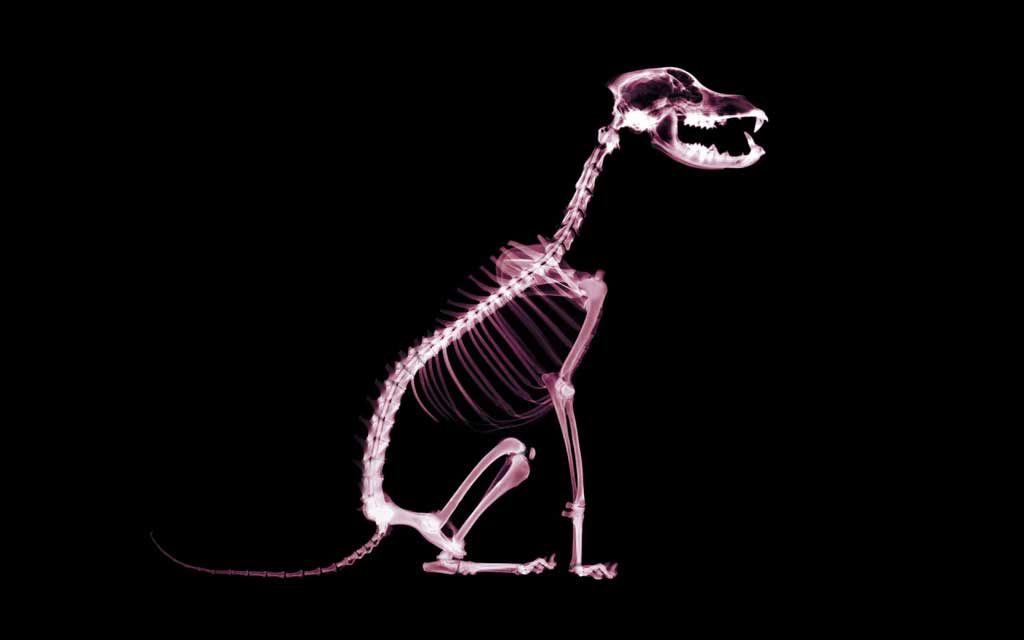
Cauda equina en perros www.doogweb.es
Cauda equina syndrome (CES) is a rare but severe neurological condition that affects dogs and can cause significant pain, paralysis, and loss of bladder and bowel control. The exact causes of CES in dogs remain unclear, but it is commonly associated with trauma, degenerative disc disease, or neoplasia. The prognosis for dogs with CES is.
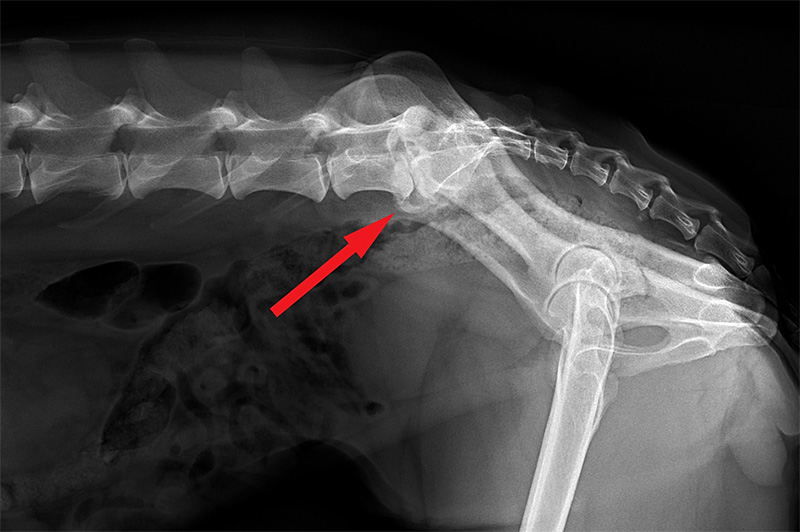
Tierarztpraxis orthoVET Das CaudaequinaSyndrom beim Hund
The cauda equina (from Latin tail of horse) is a bundle of spinal nerves and spinal nerve rootlets, consisting of the second through fifth lumbar nerve pairs, the first through fifth sacral nerve pairs, and the coccygeal nerve, all of which arise from the lumbar enlargement and the conus medullaris of the spinal cord.The cauda equina occupies the lumbar cistern, a subarachnoid space inferior.

Cauda Equina Syndrome in Dogs Urban Animal Veterinary Hospital Houston Heights Vet
Cauda equina syndrome is a particularly serious type of nerve root problem. This is a rare disorder where there is pressure on the nerves at the very bottom of the spinal cord. The collection of nerves at the bottom of the spinal cord is called the cauda equina because it is said to look like a horse's tail. Cauda equina means horse's tail in.